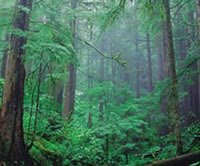Do you know what is Scheduled Wastes?
"Scheduled wastes are substances that are highly flammable, corrosive, toxic and easily react or cause explosion when mixed with other substances. They may exist in a liquid, solid form (sludge)"
Main Effects
- pollute water courses, ground water, atmosphere and land
- toxic to human, plant and other organisms
- causes cancer, damage to skin and body tissues
- fire outbreak at dumping site which can realease toxic material

Management of Scheduled Wastes
- recovery at facilities or premises licensed by DOE (departmentt of Environment)
- final disposal at secured landfills licensed by DOE
- incineration at incinerators licensed by DOE
Stop illegal Dumping of Scheduled Wastes
Maximum Penalty of 5 Years Imprisonmet and Maximum Fine of RM500,000.00 If Found Guilty



